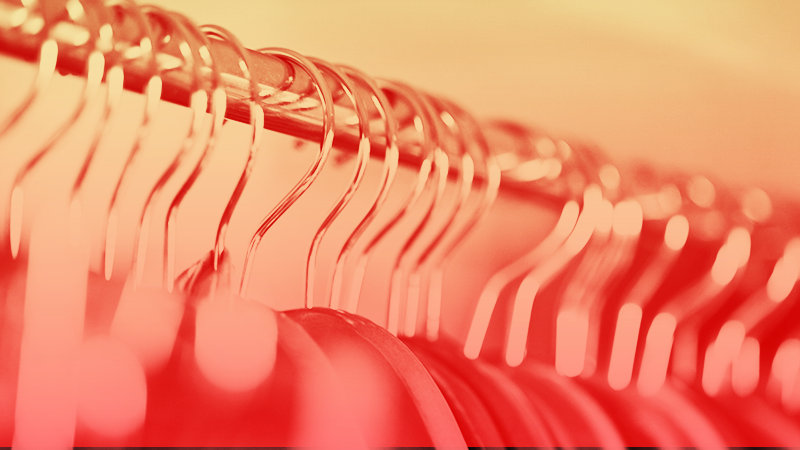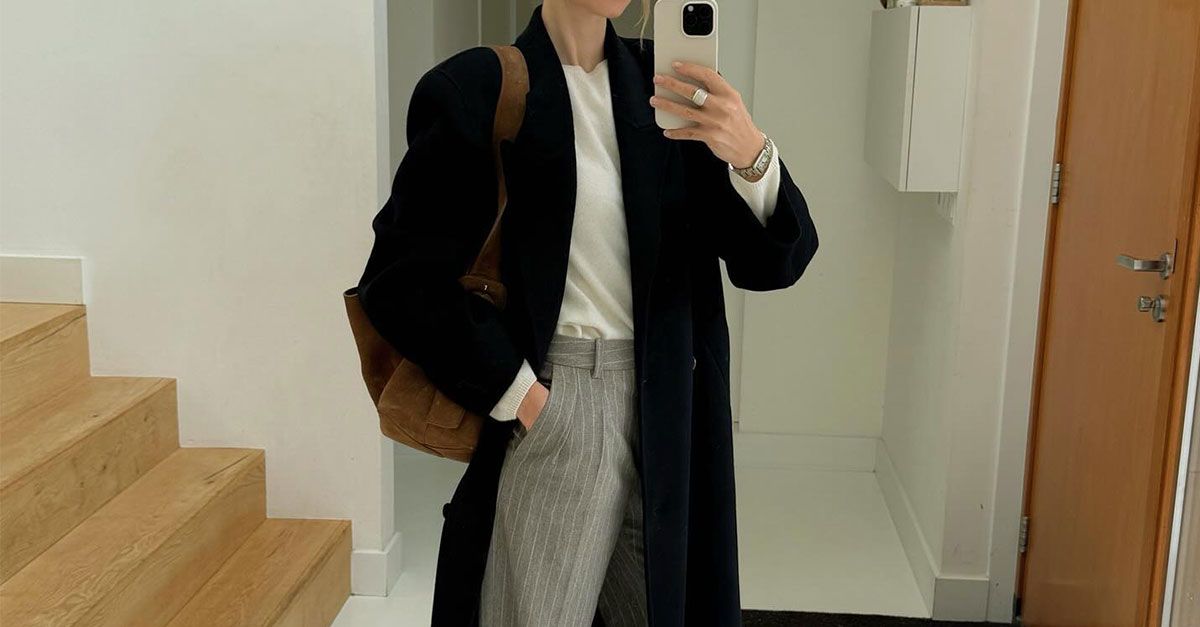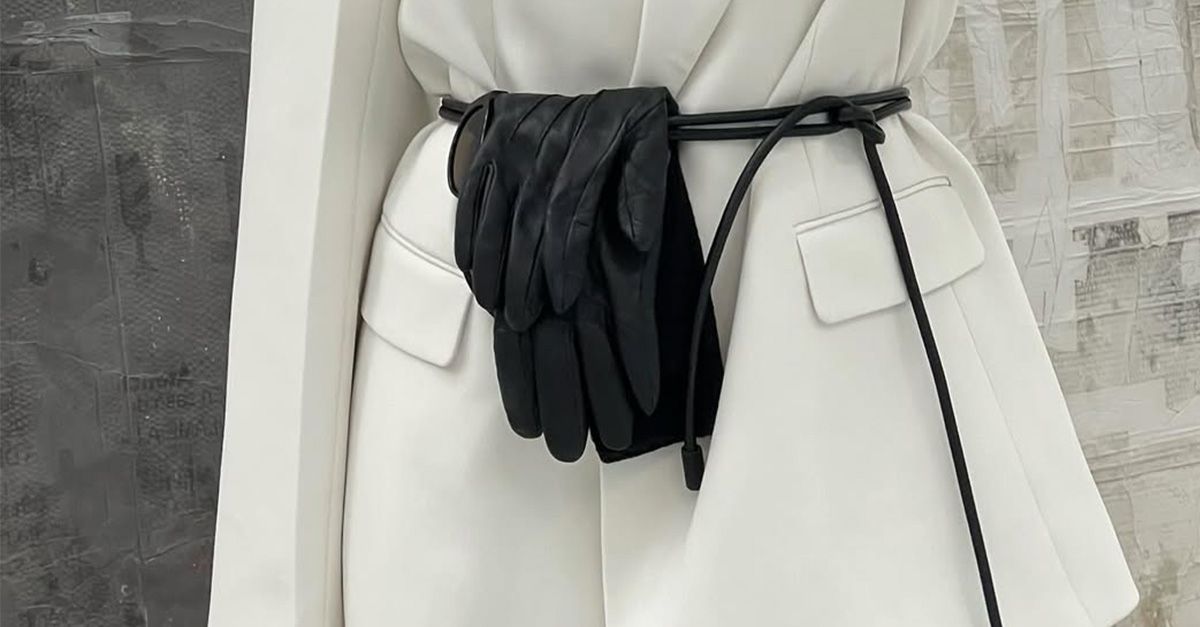Fashion
Are Fashion Stocks Too Risky For Investors?

In 2024, fashion stocks have fallen sharply after a pandemic boom that handed investors some eye-watering returns. As inflation crept in and China’s post-pandemic bounce back stalled, many brands began to struggle. Fears of U.S. tariffs on European goods have hurt valuations too.
Today, the volatility experienced by luxury fashion stocks has led some to question whether they are investable at all.
Is Fashion Worth The Risk?
Michael Field, European market strategist at Morningstar, believes investors have had a reality check.
“I’m not sure I would be willing to buy too many fashion stocks ever again,” he tells Morningstar UK.
“It’s a tough game. It’s a high-risk, high-reward type scenario. [Some experts are saying] that nothing is going to happen for a year, or that this is a two-year story. [They] are not saying this is going to be a three-month turnaround.
“Investors must be patient. It is not to say they shouldn’t buy [luxury stocks]. If you get involved with these stocks you must buy into the story that companies like LVMH MC and Burberry BRBY are longer-term brands with moats and that [they can be] turned around.”
Which Fashion Stocks Are Struggling?
Dior and Louis Vuitton-owner LVMH MC are among the stocks battered by the luxury slowdown. Year to date, its share price has fallen over 20%.
For the three months to the end of September, LVMH reported revenues of EUR19.1 billion (£15.92 billion), a 3% fall on an organic basis.
In the third quarter of 2024, demand for LVMH products worsened, especially in its fashion and leather goods division, with weaker Chinese consumer demand as the main cause for its dip in sales.
Key Morningstar Metrics For LVMH MC
• Economic Moat: Wide
• Fair Value Estimate: EUR650.00
• Forward Dividend Yield: 2.14%
• Morningstar Rating: ★★★
• Sector: Consumer Cyclical
• Morningstar Uncertainty Rating: Medium
Burberry BRBY has also had a tumultuous year. The British luxury fashion house was kicked out of the FTSE 100 in August after its market capitalization dropped to £2.6 billion.
Year to date the firm’s share price has fallen over 48%, and is now trading at £7.24, well below Morningstar analysts’ fair value estimate of £13.30.
The luxury chain continues to battle against slow sales growth, including a failed push into luxury goods—as well as weaker-than-expected economic growth in China.
However, Burberry enjoyed a slight boost to its share price upon reports that Italian rival Moncler MONC was mulling an acquisition of the struggling British stalwart.
Reports since suggest there will be no acquisition.
Key Morningstar Metrics for Burberry BRBY
• Economic Moat: Narrow
• Fair Value Estimate: £13.30
• Forward Dividend Yield: None
• Morningstar Rating: ★★★★★
• Capital Allocation Rating: Standard
• Morningstar Uncertainty Rating: High
“After some extraordinary years of growth inevitably you are going to have a bit of a reversion,” says Tom Lemaigre, co-portfolio manager of the Janus Henderson Continental European Fund, which has a Morningstar Medalist Rating of Bronze.
He points to Gucci owner Kering KER as an example of the ups and downs that luxury brands face.
“The kind of brands that are doing better are the ones seen as evergreen – that are true luxury. [But with these brands] it’s the fashion parts that tend to be more cyclical,” he explains.
“Look at Gucci when Alessandro Michele joined the brand. He did those loafers with the cut-off backs, and then the whole Gucci brand sort of blew up.
“There was a halo effect from all his designs. Gucci was growing 50% each year and now look what’s happening. So, you can make a lot of money if you can get the core fashion right.”
Kering has recently warned its profits would almost halve because of plunging sales for its main brand Gucci. Its profits are expected to reach the lowest level in eight years.
Year to date Kering’s shares have fallen 45.97% to trade at EUR212.40.
Which Fashion Stocks Have Outperformed Peers?
However, French handbag and scarves group Hermes RMS has defied the odds with strong third-quarter results. The company saw an 11% rise in revenues to EUR3.7 billion in the three months to the end of September.
Sales in Japan increased by 23%, while sales in Europe ex-France climbed by 18%, and sales in the Americas went up by 13%. The only part of the business not boosted was its watches division, where sales decreased by 6%.
Hermes has outperformed peers with a 5.5% gain in 2024, and is trading well above our analyst’s fair value estimate.
Key Morningstar Metrics For Hermes International RMS
• Economic Moat: Wide
• Fair Value Estimate: EUR1,480.00
• Forward Dividend Yield: 0.76%
• Morningstar Rating: ★
• Capital Allocation Rating: Exemplary
• Morningstar Uncertainty Rating: Medium
“The brands that are holding up better are brands like Hermes, which is targeting clientele that are a bit more affluent, less economically sensitive, and less affected by the cost-of-living crisis,” says Jelena Sokolova, senior equity analyst at Morningstar.
“Hermes specifically also benefits from the tailwind of pricing. They increased their prices by high single digits this year. It was higher than the others in the industry. They have been cautious in prior years compared to other companies, so now they have more wiggle room.”
The Luxury Umbrella is Wide
For Field, that discrepancy in performance between luxury giants like Hermes RMS and LVMH MC highlights the need to consider just how different certain companies under the same “luxury” umbrella can be.
“The luxury goods sector is often sold as homogenous, as though you have a bunch of luxury goods names that all do similar things,” he says.
“However, whenever there is a difference in performance people generally point to quality. And the people who are really spending top money are still buying Hermes.
“Other brands like Burberry are more for aspirational, middle-class consumers. Their trends tend to shift a bit more than for the likes of Hermes. How much money people can spend also changes as well.”
Which Stocks Might Benefit from the Luxury Slowdown?
Zara-owner Inditex ITX has also found itself a beneficiary of the luxury downturn. Year to date its share price is up over 29% at €50.38, a whopping 36% above Morningstar’s fair value estimate.
Key Morningstar Metrics For Inditex ITX
• Economic Moat: Narrow
• Fair Value Estimate: EUR37.00
• Forward Dividend Yield: 2.07%
• Morningstar Rating: ★
• Capital Allocation Rating: Exemplary
• Morningstar Uncertainty Rating: Medium
The fast-fashion apparel brand has seen aspirational consumers trade down from expensive brands to its products.
“Inditex is benefiting from attracting some customers that have been outpriced by other luxury brands,” Sokolova says.
“Another thing is that it is now trendy and acceptable to wear Zara clothing together with luxury accessories.”
Javier Cabrera, financial analyst at XTB, agrees Inditex ITX has benefited from not focusing on an exclusive target audience.
“What Inditex is trying to offer is cheap fashion that is readily available for customers,” he says.
“However, the company could face difficulties due to the slowdown in sales in the US, which is one of the markets people thought most of Inditex’s growth would come from.
“It is true that there would be a slowdown in comparable sales but if it continues to expand, and especially online, the business will continue to experience growth.”
Inditex reported a 10.1% increase in net income amounting to EUR2.8 billion for the first half of 2024. Sales also jumped 7.2% to EUR18.1 billion with the positive results attributed to both its in-store and online sales.
More Fashion IPOs Are on The Cards
But there’s another theme investors might want to keep an eye on in the next year. Despite the slowdown, 2024 was the year the buzz around initial public offerings, or IPOs, returned to the fashion world.
Shein, the Chinese fast fashion giant, could potentially list on the London Stock Exchange in 2025, a flotation that would bring a USD60 billion-plus stock to the City of London.
Meanwhile, Puig PUIG, the Barcelona beauty giant that owns brands like Jean Paul Gaultier, became continental Europe’s first IPO of 2024. The company’s share price has not exactly impressed, however.
“Puig’s first results were not great,” Cabrera says.
“It was not able to reach the growth that the market was expecting. However, this business should do better than other luxury companies because its products are more defensive. Makeup and fragrances are more defensive.”
Luxury Has Moats and Pricing Power
Despite the bumps fashion has faced in the short term, Sokolova still believes investors should not ignore the long-term benefits of investing in these catwalk companies.
“It is a sector with a lot of moats. It is competitively advantaged; it does not face any technical obsolescence,” she says.
“It has strong pricing power throughout the cycle, and it is going through a down cycle. Over the last 30 years down cycles have only lasted one or two years.
“We can expect recovery for the sector going forward. For long-term investors [fashion] could be a compelling opportunity.”
The author or authors do not own shares in any securities mentioned in this article. Find out about Morningstar’s editorial policies.









